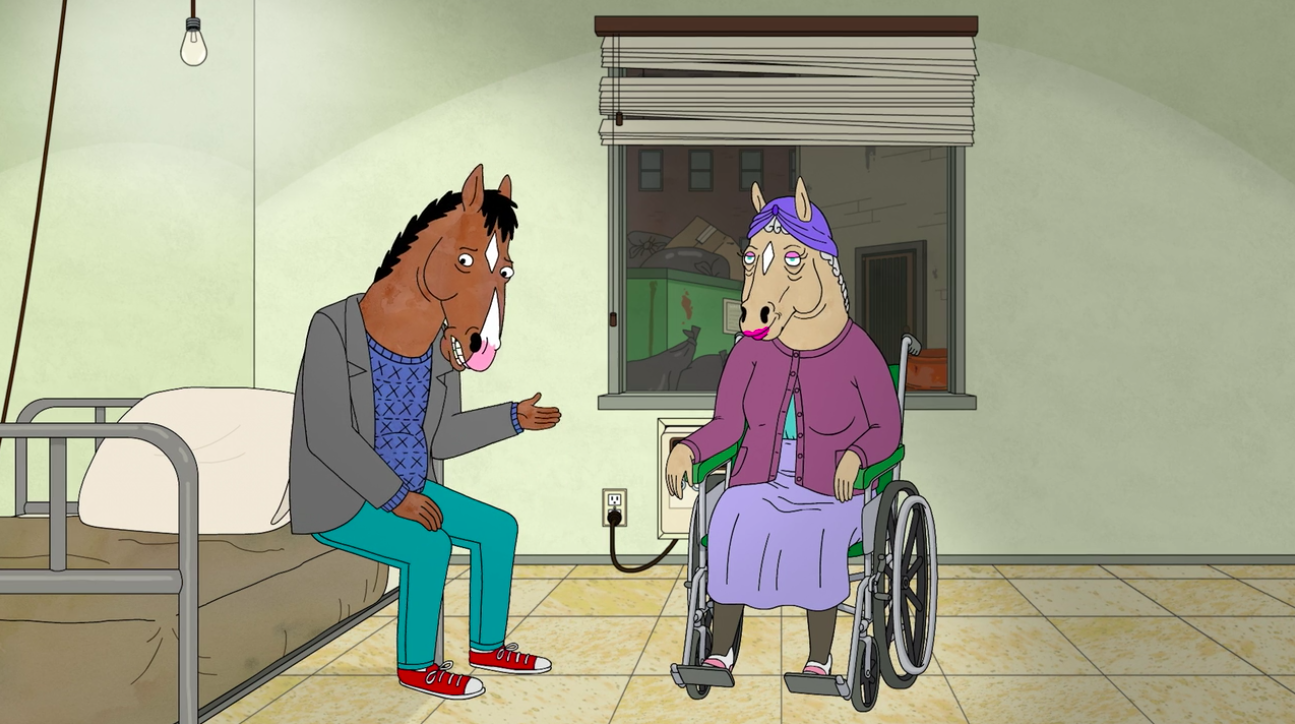Powered mobility means the use of powered wheelchairs and ride-on toys, which run on electricity and provide efficient and autonomous mobility and body
support for individuals with limited ability to walk. The goals of these vehicles are to allow their users to move freely within their home and community, to maintain their safety and to conserve energy. Power mobility can enhance the quality of life by enabling occupation, improving self-esteem and facilitating social interaction.
For young children, motor skills develop rapidly during the first three years and provide a means for exploration of the environment and for socialization. Thus, for children with severe motor and muscle impairment, exploration and socialization often are limited because of the difficulty these children have on their own. Studies have shown that for these children, powered mobility can promote independence and prevent functional limitation and disabilities that the children might encounter. In addition, the ability to move independently has a positive influence on their self-awareness, emotional attachment, spatial orientation, fear of heights, and visual/vestibular integration [1] as well as personality traits like motivation and initiation [2].
The fact that this model of a prescribed-wheel chair can be made within a budget of $1000, for both the mechanical engineering and computer engineering aspects, will lower the entry point for powered mobility for most people as even the wheelchairs mentioned in the background sections cost about $5000 to $10000. In the future iterations of the project, students will continue to come in and make changes to the project, to make sure that device will have more features, and will behave more and more like a prescribed wheel-chair. Thus, this will introduce powered mobility to people who otherwise would not have the chance to, and while it may not be as good as a powered-wheel chair, this is the first step in proving competency to be granted a wheel-chair by the government.
Example of related work:
Figure 1: Medical Engineering Resource Unit’s Bugzi.
References
[1] J. Campos, D. Anderson, M. Barbu-Roth, E. Hubbard, M. Hertenstein and D. Witherington,
“Travel Broadens The Mind,” Infancy, vol. 1, no. 2, pp. 149-219, 2000.
[2] J. Furumasu, Pediatric Powered Mobility: Developmental Perspectives, Technical Issues,
Clinical Approaches, RESNA/Rehabilitation Engineering and Assistive Technology Society
of North America, 1997.

